

LABOUR MARKET PARTICIPATION
Unpaid Care Work Prevents 708 Mn Women
Women with lower education and those in rural areas also face higher barriers to workforce participation due to care responsibilities.
ILO News Desk
An estimated 708 million women worldwide are outside the labour force because of unpaid care responsibilities, according to new ILO global estimates, released on Tuesday, on the occasion of the International Day of Care and Support.
In 2023, 748 million people (aged 15 or older) were not participating in the global labour force because of care responsibilities, accounting for a third of all working-age persons outside of the labour force Of these, 708 million were women and 40 million were men
The new estimates, presented in the ILO Statistical brief The impact of care responsibilities on women’s labour force participation, are derived from data from 125 countries
They indicate that care responsibilities present the main barrier to women entering and staying in the labour force, while men are more likely to cite other personal reasons for being outside the labour force, such as education and health issues.
This stark gender discrepancy highlights the disproportionate role that women take on in child-rearing, care, and support for persons with disabilities and those in need of longterm care, housekeeping, and other care responsibilities
Globally, around 1.6 billion women and 800 million men are outside the
labour force, with 45 per cent of these women and 5 per cent of these men citing care responsibilities as the reason for their non-participation
Among women aged 25 to 54, the proportion citing care as the reason for being outside the workforce rises to two-thirds (379 million women) Women with lower education and those in rural areas also face higher barriers to workforce participation due to care responsibilities. "Women shoulder a disproportionate share of care responsibilities, preventing their participation in the labour force due to factors such as low education levels, limited job opportunities, poor infrastructure, rural residence, and inadequate care and support systems Additionally, societal expectations and norms around caregiving further restrict women’s labour market inclusion, and deepen gender inequalities "said Sukti Dasgupta, Director of the Conditions of Work and Equality Department.
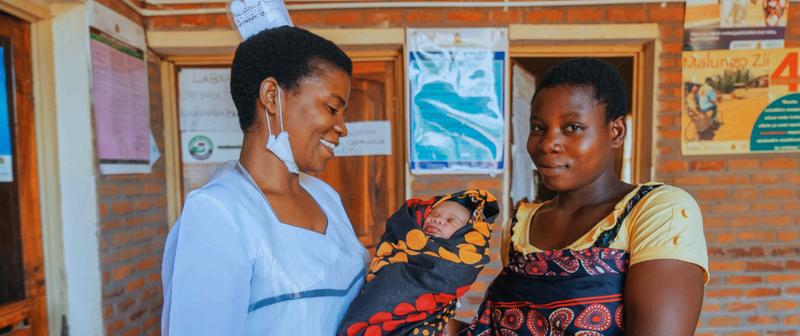
America and the Caribbean, compared to just 19 per cent in Northern America In Europe and Central Asia, 21 per cent of women report caregiving as the main barrier, with Eastern Europe having the lowest rate globally (11 per cent).
Regionally, the highest percentage of women outside the labour force citing care responsibilities as the reason is in Northern Africa (63 per cent of women outside the labour force), followed by the Arab States (59 per cent). In Asia and the Pacific, the figure is 52 per cent with little variation in the subregions In the Americas, the variation is stark, with 47 per cent citing care as the main reason for being outside the labour force in Latin
"These new ILO data expose important inequalities in the world of work due to unequal care responsibilities and highlight the power of data to improve our understanding of the care economy The ILO has made decent work in the care economy a top priority and is working towards new statistical standards to improve care work data," explained Rafael Diez de Medina, Chief Statistician and Director of the Department of Statistics.
In light of such systemic gender-based inequalities, the ILO’s membership adopted the landmark Resolution concerning decent work and the care economy at the ILO’s International Labour Conference in June 2024. Read full story... www.thelaborecon.com

Economy
IS GOLD A GOOD INVESTMENT?
Gold can hedge against inflation
Money is not a client of any investment adviser featured on this page. The information provided on this page is for educational purposes only and is not intended as investment advice. Money does not offer advisory services.
Jordan Chussler, Editor, Money
Gold has been sought after and valued for thousands of years and it’s still a popular investment option for people seeking a hedge against inflation or greater portfolio diversification.
There are more ways than ever to buy gold today: You can purchase physical coins or bars, or buy gold-backed securities, like gold stocks, mutual funds and exchange-traded funds (ETFs)
But if you’re wondering whether or not buying gold is a good investment decision, you need to know more than just how to buy gold You need to consider where or if gold fits into your overall investment strategy, and if it meets your goals for asset diversification.
Advantages of investing in gold
People invest in gold for many reasons, from protecting their portfolio from market volatility to hedging against inflation The following are some of the advantages of investing in gold: Gold is considered a safe-haven asset Historically, gold has been sought after as a “safe haven” compared to other assets like stocks or real estate That's because even during economic downturns, gold retains its value and liquidity. In fact, gold often moves inversely to big swings in the stock market
Gold can hedge against inflation
When inflation is high, investors often seek out gold to provide a protection against rising costs of goods and services, and higher interest rates
Although gold tends to hold its value over long stretches of time, there are also other ways to protect your nest egg from inflationary effects, such as Treasury Inflation-Protected Securities (TIPS) and Series I bonds
Gold enhances portfolio diversification
Adding gold and other precious metals like silver, platinum and palladium to your investment portfolio can be a way to enhance the diversity of your investments. Gold can also act as a hedge against volatility since it generally does not move in tandem with the stock market When shocks like a war or pandemic roil the market, the price of gold might actually rise.
Gold can hedge against U.S. dollar weakness
Some people invest in gold because of its a store of value and believe it will maintain its purchasing power even if the U S dollar falls in value Congress eliminated the gold standard a requirement that every U.S. dollar be backed by a set amount of gold held by the Treasury Department in 1971
Today, most mainstream economists believe the gold standard is not necessary

to control inflation and limits the ability of central banks to be flexible in response to changing economic conditions
Gold can hedge against stock market volatility
When the economy is volatile, gold may gain in value if investors panic and pull money out of the stock market and demand soars for gold Gold prices can be volatile as well, but if you have a sufficient investment horizon, it can contribute portfolio stability over the long haul
Disadvantages of investing in gold
Gold certainly has its drawbacks, too.

MOST GDP Where Workers Generate This
Nine out of the first 10 countries ranked on this list are located in Europe, with Singapore the only outlier.
Visual Capitalist
This chart ranks countries by GDP per hour worked, or their labor productivity Data is sourced from the International Labour Organization, as of 2023.
Labor productivity measures the amount of output (GDP) produced per unit of labor (hours worked) over a specific time period It’s measured in International dollars (Int$), a hypothetical currency used to compare the purchasing power of different countries by adjusting for price differences
This helps evaluate GDP relative to labor input and offers insights into human capital efficiency and production quality In the long term, increasing productivity is key to economic growth
Where Workers of the World Are Most Efficient
Workers in Luxembourg are nearly 3x more productive than in Qatar, due to the country’s strong financial services sector, which generates significant output with relatively fewer people Nine out of the first 10 countries ranked on this list are located in Europe, with Singapore the only outlier.
Europeans work fewer hours than American workers to achieve similar output levels on a per capita basis Many rich European countries also have smaller populations, with workers concentrated in
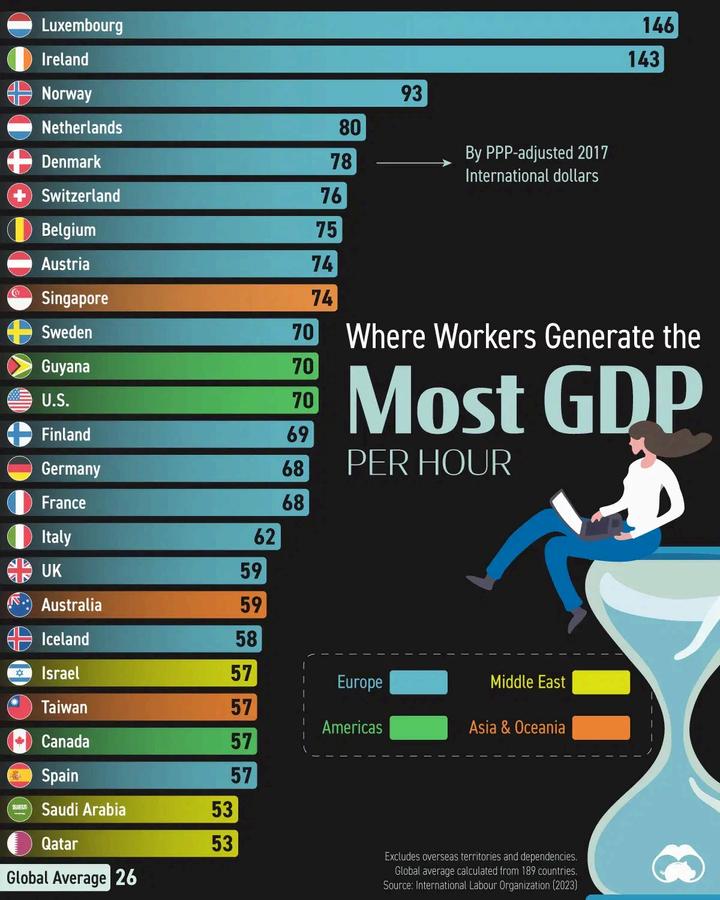
high-value-added industries (like financial services or energy), which contribute to higher per capita rates.
Relatedly, the EU also implements strong worker protections and has some of the highest mandatory paid time off days, which may help worklife balance and productivity.
However, how the data is sliced can change these rankings
For example, in 2022 a German working hour was 1% more productive than a U S working hour, however a German employee produced 20% less than an American employee over the course of the year.

THE BLUE ECONOMY Resources Within The Vast Blue Water
Bangladesh is the largest delta in the world. It has 200 nautical miles of sea border.
Tareq Hasan (Nirupom) Student, Department Of Economics (BUP)
An economy that includes a variety of extracted resources within a large body of water is called the Blue Economy ”
An economy based on the ocean is called the blue economy.” As a precious natural resource to the sea, this precious natural resource plays a very important role in the economy Marine economics in economics deals in detail with the coastal environment of an ocean-owning country and the equitable distribution and utilisation of marine resources
The blue economy includes all known as well as unknown resources within the vast blue water. The blue economy is the fountain of economy, extracted by searching for valuable and important resources For example: marine fish, transportation waterways, salt, sand copper etc. But, currently, the sea plays a very important role in oil and gas extraction
Introduction to the World’s Blue Economy:
The Blue Economy is contributing to the creation of “economic income” in the economy This is called (zero income) in economics. This green economy generates income without any investment.
Nearly 90% of the world’s oceandependent countries and some countries have been getting a percentage of their income from the ocean
South Asia’s blue economy has been earning the Maldives, and the financial system of the Maldives is completely dependent on the sea.
Also, various countries, for example: Egypt, Indonesia, the European Union and Latin American countries, including about 150 countries, use waterways as a means of transport for import and export.
Blue Economy of Bangladesh:
Bangladesh is the largest delta in the world. It has 200 nautical miles of sea border.
After the settlement of maritime boundary disputes between India and Myanmar, the maritime economy of Bangladesh has increased and added to the country’s economy.
On March 5, 2015, the National Parliament passed the “Bangladesh Oceanography Research Institute Act 2015” which achieves a milestone in the maritime economy of the country.
Activities of the Blue Economy:
a. Adequate policy and proper planning should be taken.
b Skilled manpower should be appointed
c Accurate supply of asset quantity, value-based information.
d. Marine research should be strengthened
e Technical knowledge must be provided; Advances in the Blue Economy must be achieved
Bangladesh has huge potential on the edge of the vast waters of the Bay of Bengal The Bay of Bengal has immense potential and resource identification, quantification and global warming with proper utilisation for the development of the national economy
The income of Blue Economy:
a. Will create employment.
b. Promote social business.
c Taxes will be levied on the use of waterways
d Will innovate to extract new resources.
e. Alternative resources will be used.
In this discussion, The Blue Economy plays a very important role in every aspect of the economy of the 21stcentury economy. Economics teaches alternative resource use equitable distribution and efficient acquisition
The purpose of the blue economy is to help create social and national employment, increase national wealth, create social and national capital, increase income and above all, create a balance between savings and investment in the economic environment.

DHAKA’S EDUCATION Unregistered Schools on the Rise
Surge in Unregistered Institutions, Quality Concerns, should take immediate action
Md Tarek Hossain, Editor, TLE
The private education sector in Dhaka is grappling with significant challenges, including the growing number of unregistered schools and madrasas, a lack of quality in teaching standards, and a notable absence of effective oversight from regulatory authorities These issues are raising concerns among parents, educators, and policy experts about the long-term impact on students' academic development and the overall educational landscape
Over the past few years, there has been a noticeable rise in the number of private schools and madrasas operating without proper registration
According to unofficial estimates, more than two thousand of such institutions are offering education to five lakh of students across the city.
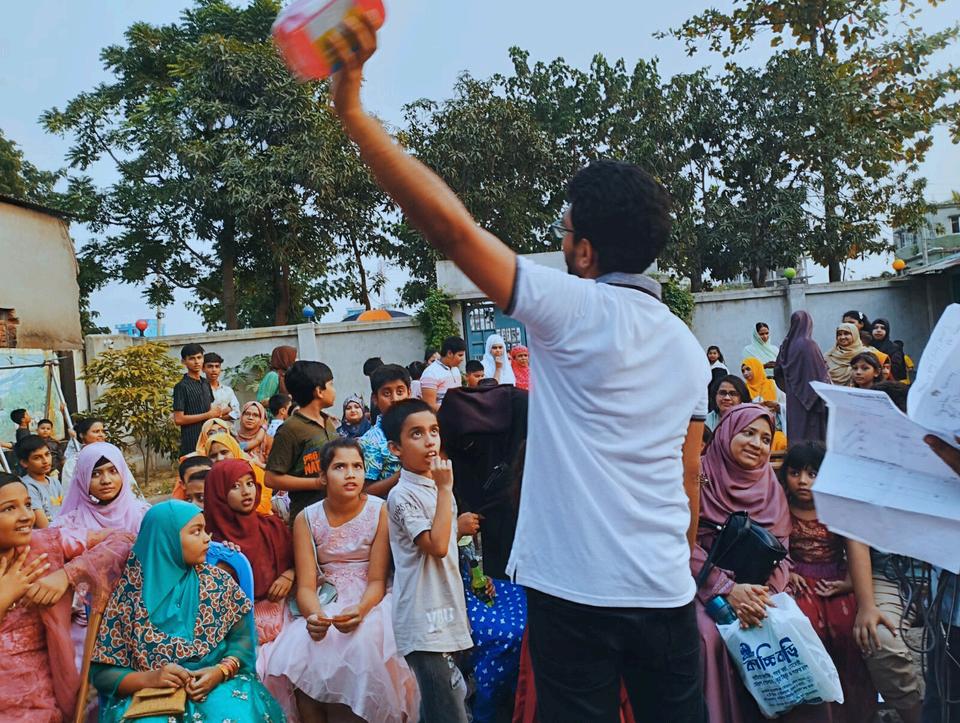
However, these institutions often lack the basic facilities and qualified teaching staff required to deliver quality education
Despite government regulations requiring all educational institutions to be registered with the Ministry of Education or the Madrasa Education Board, many private institutions are bypassing this process These schools and madrasas operate informally, making it difficult for authorities to monitor their activities and ensure they adhere to educational standards
Some institutions, like Hirajheel Ideal High School with its spacious green campus and playground, emphasize that a supportive environment is key to nurturing student talent They believe that psychological well-being is essential before academic potential can truly flourish
The absence of regulation has led to significant concerns about the quality of education being provided in these unregistered institutions Many of these schools employ untrained teachers, use outdated curricula, and have inadequate infrastructure. As a result, students in these institutions are often left behind academically compared to their peers in government-regulated schools.
Parents, particularly from low-income families, are attracted to these private institutions due to lower fees than registered schools
However, they are often unaware of the subpar education their children are receiving. This issue contributes to widening educational inequality in Dhaka, as students from wealthier families can access better-quality schools with proper oversight.
Photo Courtesy Hirajheel Ideal High School

Monetary
INVESTMENT IN PRODUCTION Rather Than Saving Money
People needed a way to make trade easier, so money was created as a medium of exchange
Ikhlachul Muhim Milon
The money supply is the total amount of money in a country This includes cash in circulation, money people have, and money saved in banks We can learn a lot about a country's economy by looking at its money supply.
Countries can be categorised as underdeveloped or advanced based on their economy. This can be divided into three stages: early stage, middle stage, and final stage
Early Stage
In the early stage, there is no money in circulation. People do not use money; they trade goods directly through bartering At this time, saving too much money or goods is not helpful If people save money without investing it, its value goes down. If they hoard goods, those goods can spoil People needed a way to make trade easier, so money was created as a medium of exchange. This change helped start trade between countries and led to the beginning of industrialisation.
Middle Stage

“This investment leads to economic growth and a better quality of life.”
economy
In the middle stage, money started to circulate. People began to save money, but this led to problems like:
Less investment
Increased purchasing power
Final Stage
In the final stage, increased investment and trade led to more money in the
Money was used for building infrastructure and improving living conditions. At this stage, the country is considered developed
In conclusion, improving living standards does not come from saving money but from investing in goods and production This investment leads to economic growth and a better quality of life.


Climate
GREEN: HARMONY OF THE ENVIRONMENT
To live in harmony with the environment, we need to focus on being green
Md Tarek Hossain, Editor, TLE
Green is more than just a color; it symbolises life, growth, and balance in nature It is the color we associate with trees, plants, and forests, all of which play a vital role in maintaining the health of our planet.
When we see green, we think of a healthy environment, fresh air, and clean water. The harmony of the environment depends on this balance, and it’s essential for all living beings.
Nature provides us with everything we need to survive food, water, air, and shelter. Yet, with the increasing demands of modern life, we sometimes overlook the importance of protecting our environment Human activities, such as deforestation, pollution, and the overuse of natural resources, are putting our planet at risk. As a result, we face issues like climate change, loss of biodiversity, and environmental degradation

To restore balance and live in harmony with nature, we must adopt greener practices Living green means making conscious choices to protect and preserve the environment.
Simple actions like reducing waste, recycling, conserving energy, and planting trees can have a significant impact For example, trees help absorb carbon dioxide and release oxygen, improving air quality and supporting biodiversity
Renewable energy sources like wind, solar, and hydropower offer sustainable alternatives to fossil fuels, reducing pollution and helping combat climate change.
Green technology and eco-friendly products also promote a more sustainable way of life.
In conclusion, living in harmony with the environment requires embracing green practices Doing so ensures a healthier planet for ourselves and future generations.
Green is not just a colour; it represents the delicate balance of life on Earth. By protecting it, we protect our future.
Green represents the harmony of the environment, reminding us to protect and preserve the world around us for a sustainable future.

SOLAR ENERGY MEETS SKYSCRAPERS:
THE FUTURE OF GREEN ARCHITECTURE
Rooftop solar panels can make high-rise buildings net energy producers, especially in densely built urban areas such as New York and Hong Kong.
Fahim Shahriar Haider
There is an ever-increasing emphasis on sustainability, which has led to the incorporation of some skyscrapers with solar panels
Rooftop solar panels can make highrise buildings net energy producers, especially in densely built urban areas such as New York and Hong Kong
According to NREL (2020), who confirmed this through research, these solar panels could output up to 50 times the energy of conventional rooftop installations
The approach offers the dual advantage of lowering energy costs while significantly cutting carbon emissions Bangladesh is taking a similar course forward
For example, a study from BUET showed that solar panel installations on high-rise buildings in Dhaka can supply 10-15 per cent of the nation's energy requirements via urban solar installations (SREDA, 2022).
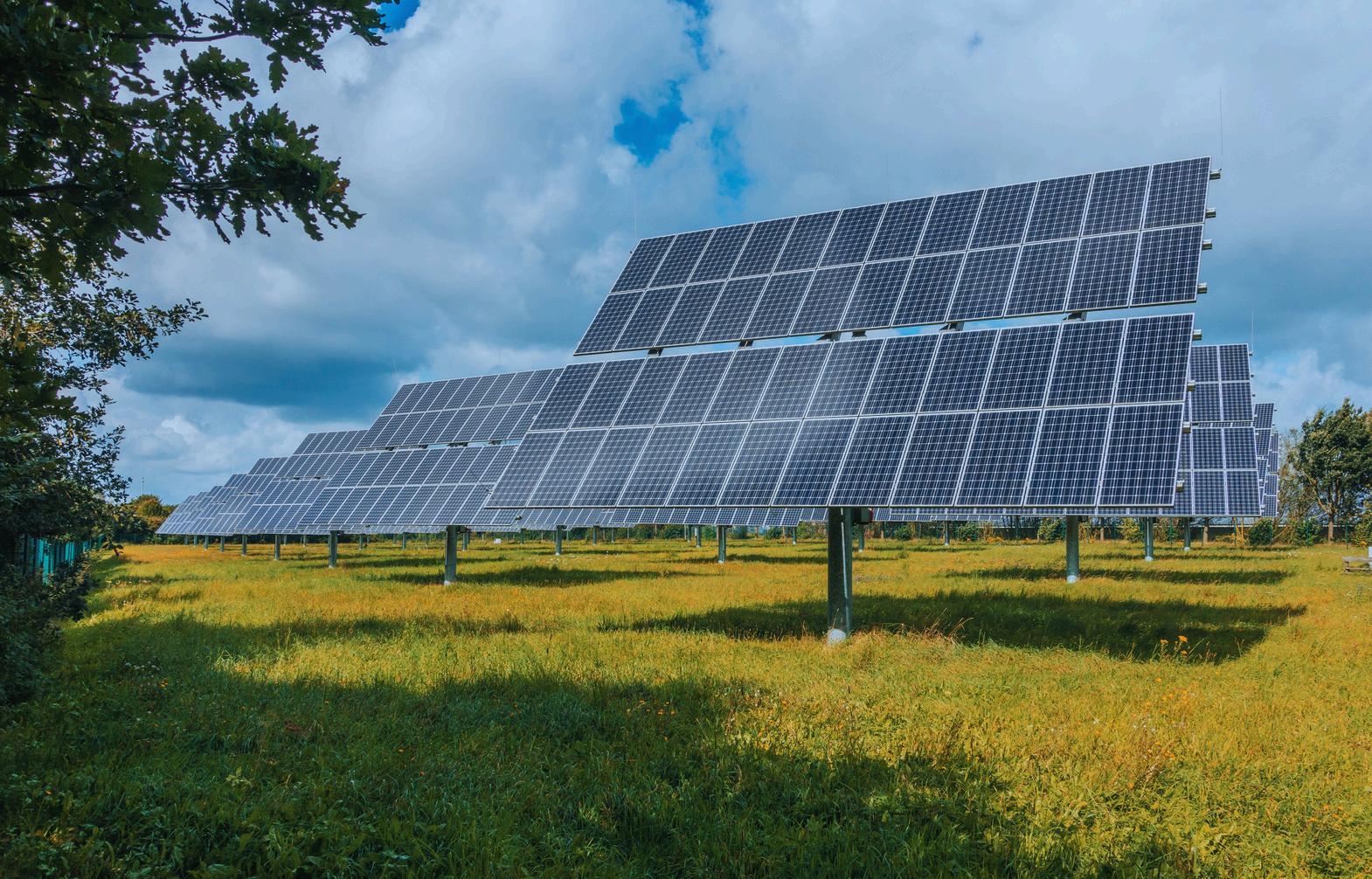
Local research has investigated the viability of solar panel systems within cities and discovered encouraging results despite obstacles such as steep installation costs.
To take the first steps towards this transformation, Bangladesh can start its journey by setting up solar panels on a few selected buildings and after collecting data, assess how efficient their energy production is
However, the public and private sectors need to help move us away from fossil fuels if we are ever going to finally reach a sustainable future where this stuff does not even matter. As an early-stage developer, Bangladesh has the potential to take a global lead in sustainable urban development by embracing innovative technology and fostering collaboration
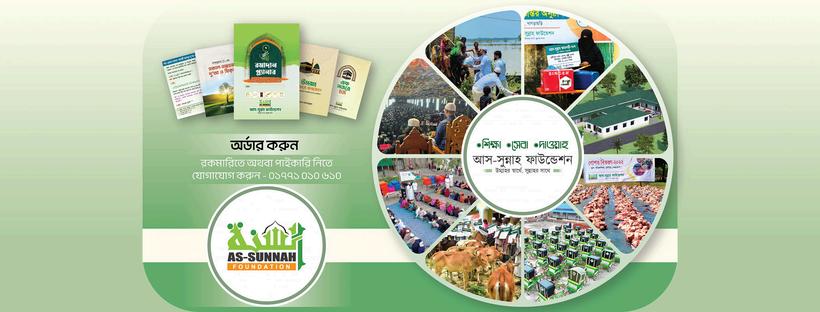
Dhaka can supply 10-15 per cent of the nation's energy requirements via urban solar installations (SREDA, 2022).

TO BREAK SYNDICATE
Students selling vegetables at fair prices
Surge in Unregistered Institutions, Quality Concerns, should take immediate action
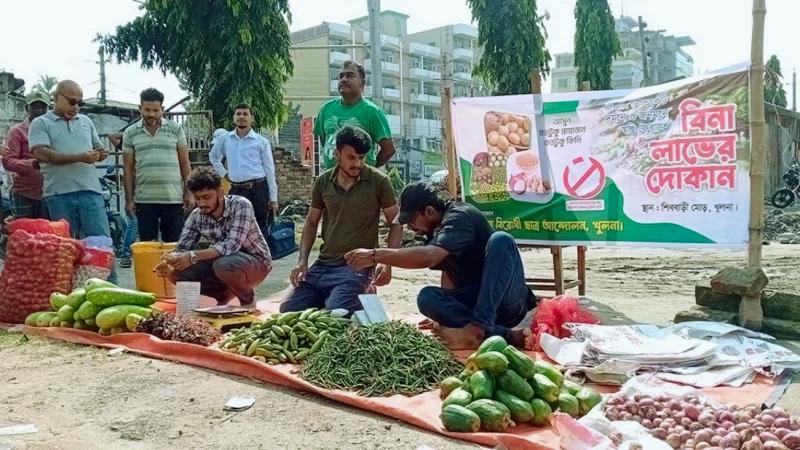
TLE Online
Members of the Anti-discrimination student movement are selling vegetables and essential commodities at fair prices in different districts across the country, aiming to break syndicates and lessen the burden on common people.
The initiatives have been taken to sell the products due to soaring prices of daily necessities in the markets, said Abdul Hannan Masud, chief organiser of the Anti-discrimination student movement, adding that the students will continue selling vegetables until the monopoly of market syndicate is eradicated, reports BSS.
He said the students are monitoring markets through coordination with the Deputy Commissioners (DCs) and Upazila Nirbahi Officers (UNOs).
The members of Anti-discrimination Student Movement are selling various vegetables at a discount rate of Tk 3040 per kg compared to the market price.
The vegetable sale is open daily from 8 am to 8 pm. The buyers are happy as they are buying daily necessities at a lower price. Director General (DG) of Department of Agricultural Marketing Md Masud Karim told BSS that prices of the most commodities except onions and potato are on downward trend in the kitchen markets.
Vegetable production is now lower due to the offseason, he said, adding that the recent floods also damaged a lot of vegetable farmlands in 13 districts, leading to less supply and causing a sharp rise in the price of vegetables.
Karim also said the government has taken steps to sell eggs, potatoes, onions, papayas, bitter gourd, pointed gourd, green chillies, arum (kachur mukhi) and gourd at subsidized prices in city markets to reduce people’s economic hardship
Students are selling vegetables including gourd at Tk 25 per piece, cucumber at Tk 28 per kg, onion at Tk 100 per kg, garlic at Tk 210 per kg and green papaya at Tk 25 per kg
Shoppers noted that the student prices were at least Tk5 to 10 cheaper per kilogram than the market rates, making this initiative highly beneficial for the community. They further suggested that the administration should strengthen market monitoring efforts

Tech-AI
BYTEDANCE Becomes China’s richest man
TikTok has become one of the most popular social media apps in the world, despite deep concerns in some countries about its ties to the Chinese state.
TLE Online.
The surging global popularity of TikTok has seen the co-founder of its parent company, ByteDance, become China’s richest person
According to a rich list produced by the Hurun Research Institute, Zhang Yiming is now worth $49 3bn (£38bn) – 43% more than in 2023, reports BBC
The 41-year-old stepped down from his role in charge of the company in 2021, but is understood to own around 20% of the firm
TikTok has become one of the most popular social media apps in the world, despite deep concerns in some countries about its ties to the Chinese state
While both companies insist they are independent of the Chinese government, the US intends to ban TikTok in January 2025 unless ByteDance sells it.

“This gives an indication of some of the dynamism in the Chinese economy.”
– their rivals have made less in a year in which China’s economy has sputtered.
Despite facing that intense pressure in the US, ByteDance’s global profit increased by 60% last year, driving up Zhang Yiming’s personal fortune.
“Zhang Yiming is the 18th new Number One we have had in China in just 26 years,” said head of Hurun Rupert Hoogewerf “The US, by comparison, has only four Number Ones: Bill Gates, Warren Buffett, Jeff Bezos and Elon Musk
Tech fortunes
Mr Zhang is not the only representative of China’s huge tech sector on the list.
Pony Ma, boss of the tech conglomerate, Tencent, is third on the list with an estimated personal wealth amounting to £44 4bn
But their fortunes are not just explained by their companies successes
Only approximately 30% of the people on the list had an increase in their net worth – the rest saw a decline.
“The Hurun China Rich List has shrunk for an unprecedented third year running, as China’s economy and stock markets had a difficult year,” said Mr Hoogewerf.
Read more https://shorturl at/kUSxn

IF BRITAIN HAS A FUTURE, IT’S THERE
King’s
Cross,
a miracle in London
A public-sector body like a university is a good tenant: they rarely move and rarely go bust.
Britain | Bagehot, The Economist
To gauge whether Britain is going to make it, go to the central London district of King’s Cross Exit the station to the west and then head north to Regent’s Canal. Stride past the solitary but well-used children’s swing inside the technicolour birdcage. To your right is Google’s sidescraper a flat, 300-metre-long slug of wood, concrete and glass, which is due to open next year. To your left is the new headquarters of AstraZeneca, a pharma giant, which moved here in 2022 Cut through a snicket and past Universal Music Group, which in 2018 ditched plush Kensington for an area that has gone from industrial wasteland to the best hope for the British economy in barely a decade
On the three-minute stroll, consider what came before.
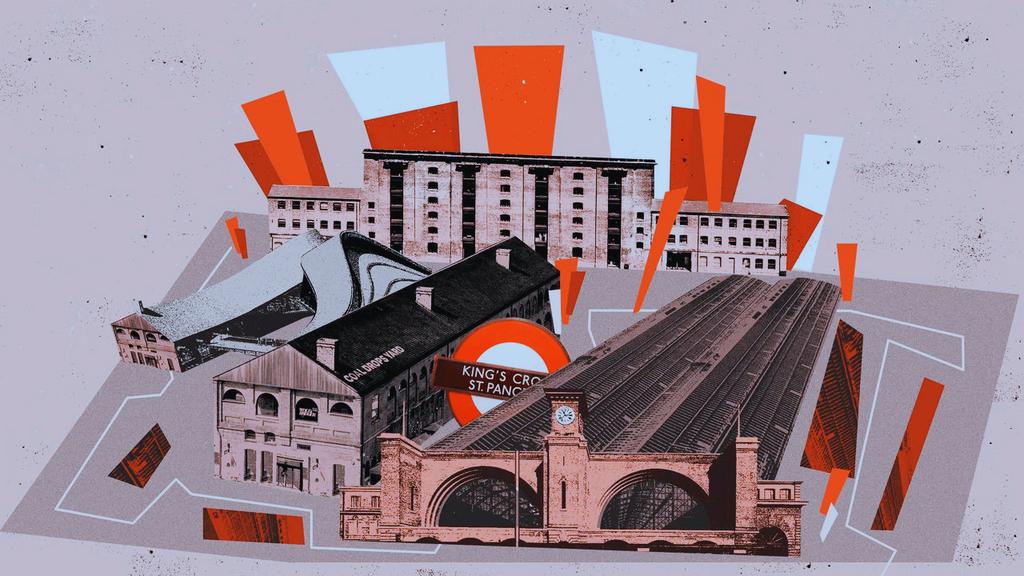
Until the 19th century the story of King’s Cross was a mixture of myth (Boudicca probably did not fight the Romans here) and trivia (the remains of a mammoth were discovered here in 1690) History really began only in 1852, when Lewis Cubitt finished the austere yellow-brick railway station of King’s Cross, sparking a development flurry to rival the one that has just occurred
By the late 19th century the area was the most important transport node in the world’s most important city. By the late 20th century, it was a ruin
Squatters hewed gigantic sculptures in its abandoned factories; Sir Antony Gormley, the artist behind the Angel of the North statue, lived in a nearby squat Drugdealers dealt; sex workers serviced clients in stairwells.
A concerned local resident called Tony Blair, then the leader of the opposition, spoke for many when he said in 1997: “It’s actually quite a frightening place.”
Stroll onto Granary Square, a vast public square in a city that lacks them, today, and it is anything but
In summer children skip through a giant set of fountains; on unseasonably warm autumn days, people sun themselves on Cornish granite benches Central Saint Martins, an art school, moved here in 2011, which was a coup for Argent, the developer behind the regeneration of King’s Cross
A public-sector body like a university is a good tenant: they rarely move and rarely go bust. Central Saint Martins had an added bonus: 5,000 art students and staff create a vibe
DhakaChat

AMPLIFYING THE VOICE OF THE NEXT GENERATION
“Readers can expect a blend of indepth policy reviews, interviews with young activists”
Dhaka, October 31, 2024 In an era marked by rapid change, the voice of the youth is emerging as a critical driver for policy reform DhakaChat, a leading news podcast and live talk show YouTube channel, is set to launch a broadsheet focusing on Youth Policy Dialogue a platform dedicated to addressing the most pressing issues affecting today’s youth and ensuring their active participation in policy-making processes.
As young people face unique challenges in employment, education, climate change, mental health, and digital inclusivity, DhakaChat aims to provide a platform where their voices are heard and valued The broadsheet will highlight issues such as youth unemployment, access to affordable education, entrepreneurship, and the digital economy.
By bringing policy experts, young leaders, and government representatives to the discussion table, the initiative will foster meaningful conversations aimed at shaping better policies for the future

“Youth are not just the leaders of tomorrow—they are the change-makers of today.”

Md Asad Rahman, the Policy Show Producer for DhakaChat, commented on the initiative: “Youth are not just the leaders of tomorrow they are the change-makers of today This broadsheet will serve as a bridge between policy-makers and the younger generation, promoting solutions that reflect the needs and aspirations of today’s youth ”
The publication will also explore areas such as mental health awareness, youth-led climate action, and youth participation in governance. With a strong focus on data-driven storytelling and expert analysis, DhakaChat’s broadsheet will offer insights on how current policies are impacting youth and how new policies can be designed to foster a brighter future.
As DhakaChat continues to grow as a voice for youth empowerment, the broadsheet will be a crucial addition to its mission of driving change and influencing youth policy across Bangladesh and beyond. DC Post Thursday | October 31, 2024

YARN IMPORT
Jumps 13% As Local Production Chokes Amid Gas Crisis
Local textile mills and garment makers have been forced to increase imports despite the prevailing dollar crisis.
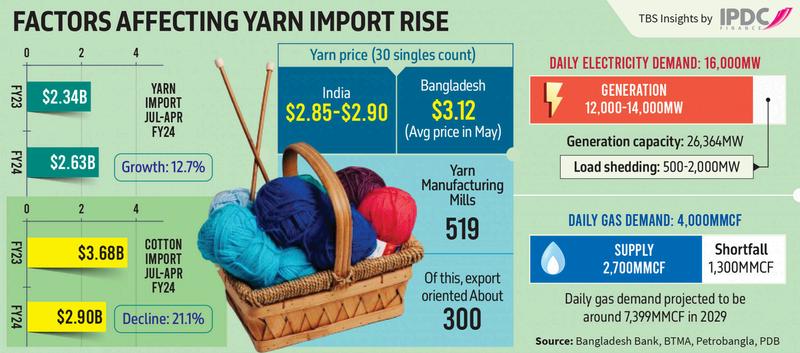
The Business Standard
Bangladesh's textile and spinning mills are struggling to produce yarn due to a lingering gas crisis which has led to a jump in yarn imports of about 13% as fabric and apparel makers look elsewhere to meet the demand
According to data from the Bangladesh Bank, the apparel industry imported yarn worth $2.64 billion in the JulyApril period of the just-concluded fiscal year, compared to products worth $2.34 billion during the same period in FY23. Apparel exporters said the garment industry is facing a double whammy.
Local textile mills and garment makers have been forced to increase imports despite the prevailing dollar crisis
Recent cuts to government incentives may further encourage imports This reliance on foreign yarn could hurt the value addition of the RMG sector.
Gas supply crisis has also become a critical component in this situation Typically, garments and textile mills require around 8-10 pounds per square inch (PSI) of gas pressure to run at full capacity.
However, gas pressure drops to 1-2 PSI during the daytime, significantly impacting production which continues even into the night in the major industrial zones, according to the Bangladesh Textile Mills Association (BTMA)
Low gas pressure has crippled production forcing 70-80% of mills to operate at around 40% of their capacity, industry owners say
"We have been grappling with gas shortages over the past year, and our production has gradually declined However, production has now plummeted below 40% of our capacity as the crisis intensified over the last month," said Rajib Haider, managing director of Outpace Spinning Mills Ltd, located in Mawna, Sreepur, while speaking to TBS
"Despite having orders, spinning mill owners are concerned about meeting supply deadlines," If spinners fail to supply yarn on time, garment owners may be forced to import yarns, he added.
The entrepreneur also noted that reduced production has raised costs and reduced cash flow, making it challenging to pay workers' salaries and allowances on time.
Read more https://shorturl at/fDI9a
